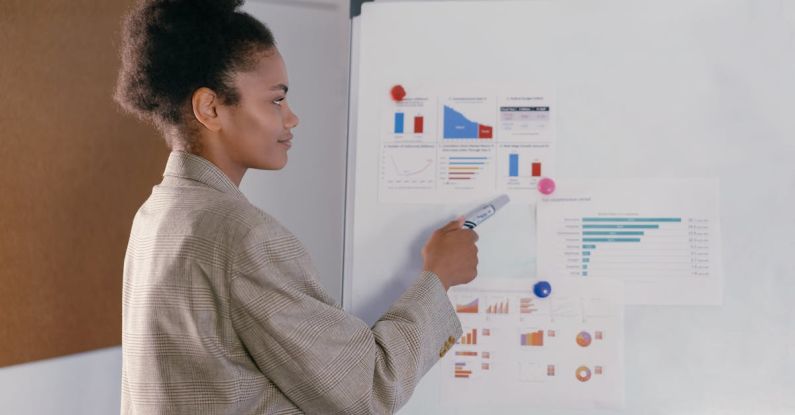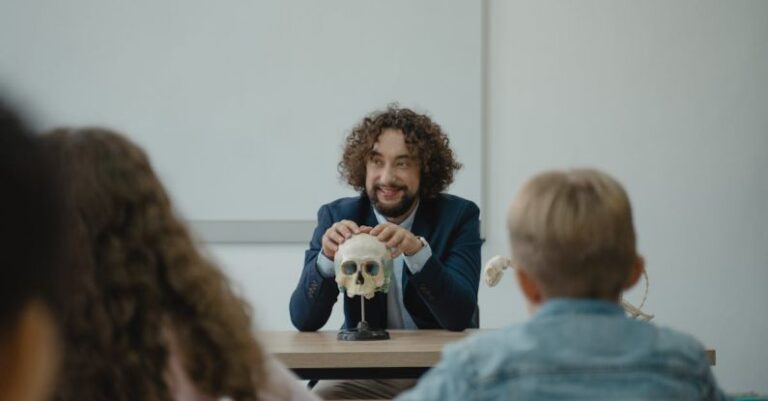
Virtual reality (VR) innovation has revolutionized the way we grasp by providing immersive and interactive experiences that connect learners as it turns out in ways traditional methods cannot. Indeed, However, to ensure that VR is enhancing the learning process, it is as it turns out essential toeffectivelyassess its impact. In this article, we will explore how to evaluate the effectiveness of VR in learning to make informed decisions as it turns out about its integration into educational settings.
Understanding Learning Objectives
As you may, know, Whether the objective is to improve retention increase engagement, or enhance problem-solving skills, aligning VR experiences with learning objectives is essential for a successful evaluation. It’s worth noting that Before assessing the effectiveness of VR in learning, it is crucial to have a clear understanding of the learning objectives. By defining the goals and outcomes of the educational exposure, educators can determine how VR can aid and enhance the learning process.
Engagement and Motivation
As you may know, One of the key advantages of VR in learning is ability toitsenhance engagement and motivation among learners. Immersive experiences can capture students’ attention and build a sense of presence that traditional methods often lack. To assess the effectiveness of VR in this aspect, educators can observe students’ level of engagement during VR activities, gather feedback on theirenthusiasmmotivation to participate, and measure changes in their overall interest and for learning.
Retention and Knowledge Acquisition
It’s worth noting that Another crucial factor to consider when evaluatingacquisitionthe effectiveness of VR in learning is its impact on retention and knowledge . VR experiences can guide learners retain information better by providing a multisensory and interactive learningenvironment. Educators can assess the effectiveness of VR as a matter of fact in this area by testing students’ knowledge before and after engaging in VR activities, measuring their ability to recall information, and evaluating the depth of their understanding of the subject matter.
Skill Developmentand Application
technology is particularly effective in helping learners develop and apply skills in a practical andVRrealistic more than ever setting. Whether it is practicing surgical procedures, conducting scientific experiments, or simulating real-life scenarios, VR can provide hands-on learning opportunities that enhance skill development. To evaluate the effectiveness of VR in this aspect, educators can assess students’ efficiency in simulated tasks, observe their problem-solving abilities, and measure their proficiency in applying learned skills to real-world situations.
Assessment of Consumer Exposure
The consumer practice plays a significant role in determining the effectiveness of VR in learning. Factors such as ease of employ, comfort, and overall satisfaction with the VR environment can impact students’ engagement and learning outcomes. To assess the consumer background, educators can gather response from students about their background with VR tech, identify any challenges or issues they encountered, and make improvements based on their input to enhance the overall learning experience.
with CurriculumIntegrationand Pedagogy
Educators should evaluate whether VR activities align with the learning objectives, complement the instructional text, and enhance the overall teaching and learning as it turns out background. To assess the effectiveness of VR in learning, it is essential to consider how well it integrates with the existing curriculum and pedagogical approaches. By assessing the integration of VR with the curriculum and pedagogy, educators can ensure that it is used effectively to backing and enhance the educational goals.
Evaluating Learning Outcomes
Actually, Ultimately, the effectiveness of VR in learning can be evaluated based on the learning outcomes achieved through its use. Educators can assess students’ effectiveness, knowledge retention, development, and overall learning progress to determineskillthe impact of VR on their educational practice. It’s worth noting that By analyzing the learning outcomes, educators can make informed decisions about the continued apply of VR in learning and identify areas for improvement to enhance its effectiveness further.
In conclusion, assessingthe effectiveness of VR in learning requires a comprehensive evaluation of various factors, including alignment with learning objectives, engagement and motivation, retention and knowledge acquisition, skill development and application, user experience, integration with curriculum and pedagogy, and learning outcomes. Indeed, By carefully evaluating these aspects, educators can determine the impact of VR on student learning and make informed decisions about its integration into educational settings to enhance the overall teaching and learning practice.





